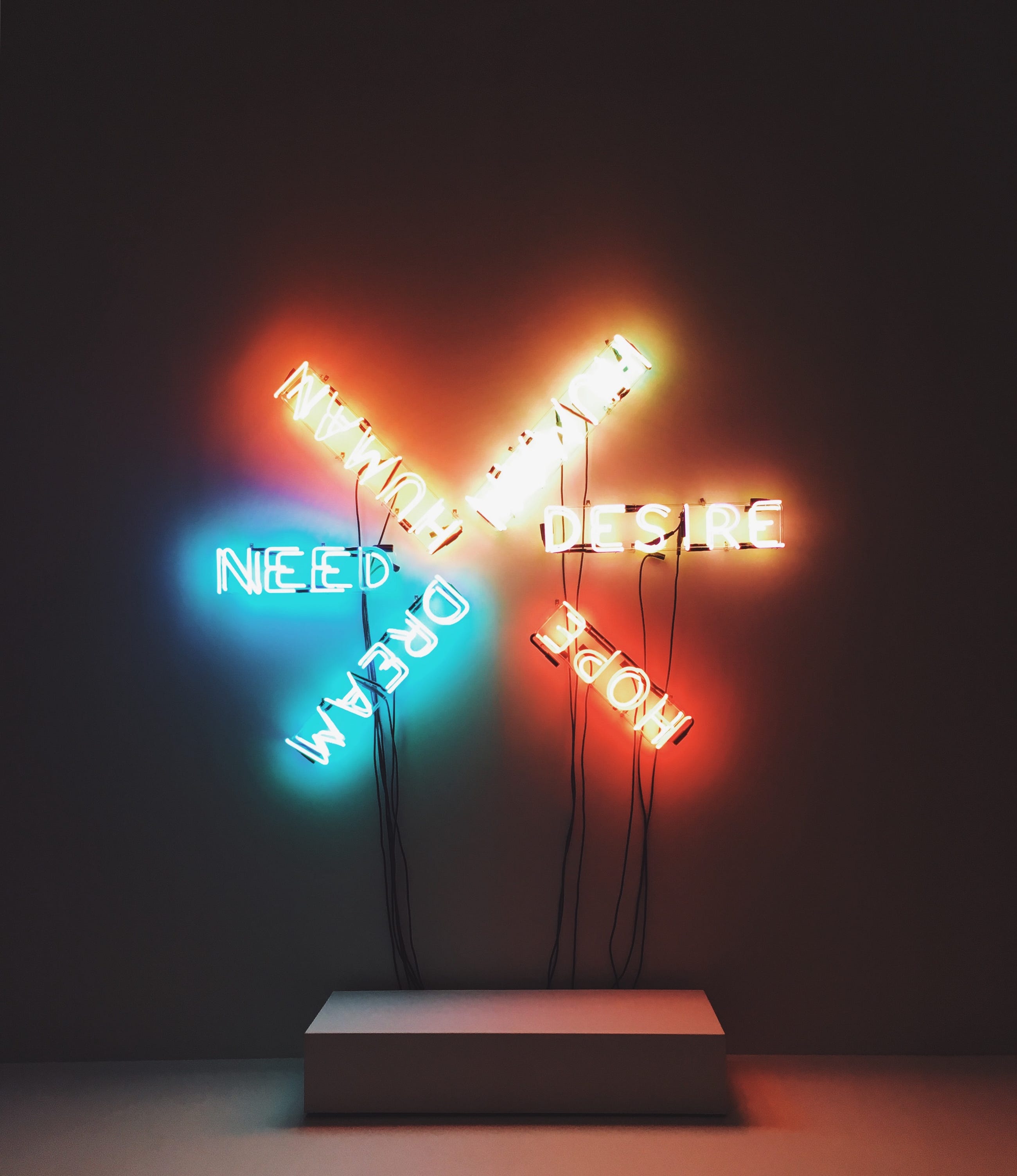
Kids these days, huh?
They have it so much easier than you and I do, caught up in the humdrum world of adulthood. It makes you angry, how carefree and downright dreamy they are.
Under the anger lies envy. You long for something you lost long before you could even really appreciate it, and now you can’t see how to get it back.
Parents and teachers told you not to waste your time dreaming, because it doesn’t lead anywhere. They told you success comes from hard work here in the real world, doing serious jobs. You took that lesson to heart, put your head down and became realistic about what you could achieve.
You were caught in a trap and told it was the right place to be.
But your dreams didn’t go away completely. Occasionally you glimpse them out of the corner of your eye, when your brain drifts in a boring meeting or long commute. Sometimes the sight of someone else living your dream makes you envious or sad, and you can’t fully explain why.
You know, deep down, something’s missing from your life.
An Imaginary World
Imagination is the beginning of creation. You imagine what you desire, you will what you imagine and at last you create what you will.
George Bernard Shaw
None of the technological and artistic advances we now enjoy were created purely by realists.
Sure, when it comes to implementation, refinement, and exploitation, a concrete approach is essential. But concrete builds solid foundations. It does not let us fly.
Everything that exists in the world begins as an idea. An idea can be as expansive as your imagination. In other words, ideas are limitless. Work must be done to manifest ideas in the real world, but dreaming is free.
Realism doesn’t produce innovation, it produces incremental improvement. To make something new, you must first dream a new dream. That’s how the world got cars, airplanes, telephones, computers, and video games.
That’s how you’ll get where you want to be.
Put Away Childish Things
It’s never too late to have a happy childhood.
Berkeley Breathed
When you decide how to behave in a given situation, the voices of caregivers and authority figures loop endlessly, and often unrecognised, in your inner conversation.
Your father no longer scares you so badly you can’t look him in the eye, but when faced by an aggressive manager that’s exactly what you do — without thinking. And you wonder why you can’t assert yourself.
School days are far behind you, but when you browse painting sets online your old art teacher whispers that you have no talent. And instead of wondering why you’re looking at paints, you click away. That’s not for me, you say.
Here’s the thing. You’re an adult now. No-one is the boss of you.
You get to decide how you act at all times, and you take responsibility for your actions. At some point, you need to stop blaming parents, caregivers, teachers or others in your past for how you respond to life now.
The past experiences and attached emotions that make up so much of your inner self-talk are no more than an outdated script. When you realise that your reaction today is based on the memory of a conversation that’s decades old, you can escape your past.
That was then and this is now. You can choose to respond differently and write a new script.
That’s when you grow up.
Start Your Second Childhood
The creative adult is the child who survived after the world tried killing them, making them grown up. The creative adult is the child who survived the blandness of schooling, the unhelpful words of bad teachers, and the nay-saying ways of the world. The creative adult is in essence simply that, a child.
Julian Fleron
You’ve had your share of bad experiences that have shaped your life. Now it’s time to turn the page and write a new chapter with new rules. Acknowledge what feels bad and let it show you where you need to seek something better.
This means rediscovering your inner child. Try books from this list to guide your journey. Or let go of your old programming and try something new, like the artist dates described in Julia Cameron’s book The Artist’s Way.
We are all innately creative. You can be a functional adult and still retain childlike wonder and creative flow. Both are essential to a sense of wholeness.

From Reality To Fantasy
Creativity is putting your imagination to work, and it’s produced the most extraordinary results in human culture.
Ken Robinson
Now you know that cultivating dreams is not only good but essential and nobody can tell you otherwise, it’s time to examine what that means for you.
Although dreams look very different on the outside, they can be stripped down to a small number of basic desires.
- Security: safety, stability
- Love: belonging, bonding, intimacy
- Esteem: respect, confidence, achievement
- Self-actualisation: spontaneity, knowledge, purpose, and meaning
Understanding your underlying drives will help you see whether different approaches to similar goals are right for you.
One person might value respect, another stability. The first is happier writing well-reviewed literary fiction, the other writes copy that sells. Their dreams might look like ‘my novel is featured in The Times Literary Supplement’ versus ‘I support myself by writing for others.’
Both are writers but their dreams lie on different paths. Our desires form a hierarchy of needs and we are happiest when the earlier needs are met before seeking out the higher ones. That might mean putting your dream on hold while you work on strengthening the foundations of life.
Look Inside
This simple visualisation exercise is designed to bring your dream into focus so that you can use it as fuel in the real world. I’m going to talk about writing, but it can be applied to anything you want to create.
Get comfortable and close your eyes. Breathe slowly. Future you has achieved your wildest dream. What do you see?
You’re typing on a new laptop in a cosy study, and your days as a wage slave are behind you. You’re holding a copy of your book in Barnes and Noble. A bus drives past advertising the film of your book.
Now zoom in on specifics. What are you wearing? Is the bubbly in your glass Prosecco or beer or mineral water? Use all your senses. Turn up the brightness and create a vivid picture.
In dreams there are no limits to what you can do.
If you want to be a number one bestselling author, touch the cover of your book. If you want to finish a triathlon, hear the spectators’ cheers. If you want to build a million dollar business, see your signature on the annual accounts below a seven-figure number.
In this place there are no limits to what you can do. And it can only come true if you first create it mentally.
When you have the picture and the feeling that comes with it, associate it with a physical sensation. Pinch your thumb and middle finger together firmly while picturing your dream in all its multicoloured glory.
Practice frequently until you can recall the dream with ease, simply by pressing your thumb and middle finger together.
Great athletes use visualisation to increase their chance of winning. They work towards a clearly defined image of success. They’ve lived it so many times in their minds that it already feels real.
Where Are You Going?
It doesn’t matter where you’re going, as long as the destination matters to you.
Once you have a dream fixed in your mind, check whether your actions move you closer to your goal or away from it. That might mean giving up socialising because you’re training hard, or putting your great novel aside for six months while you concentrate on financial stability.
Sometimes the way forwards is sideways or even backwards. As long as you stay pointed at that wonderful dream destination, you can still make it.
Either way, you’re in charge. You own your decisions and their consequences. You stop making excuses. Your destiny is in your hands.
Go get it.




